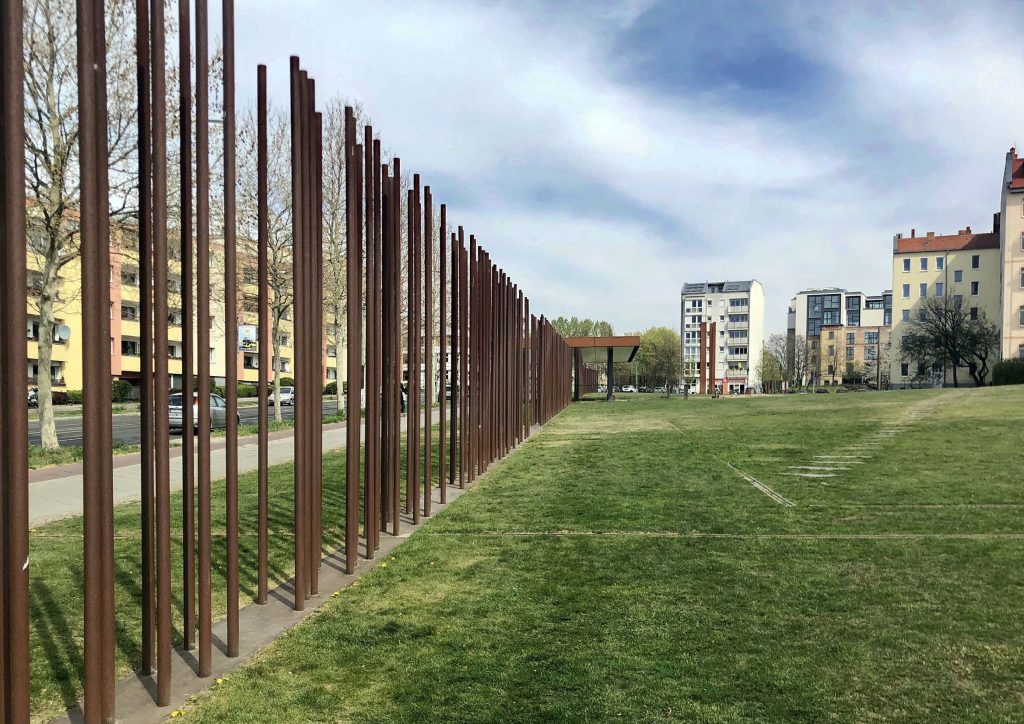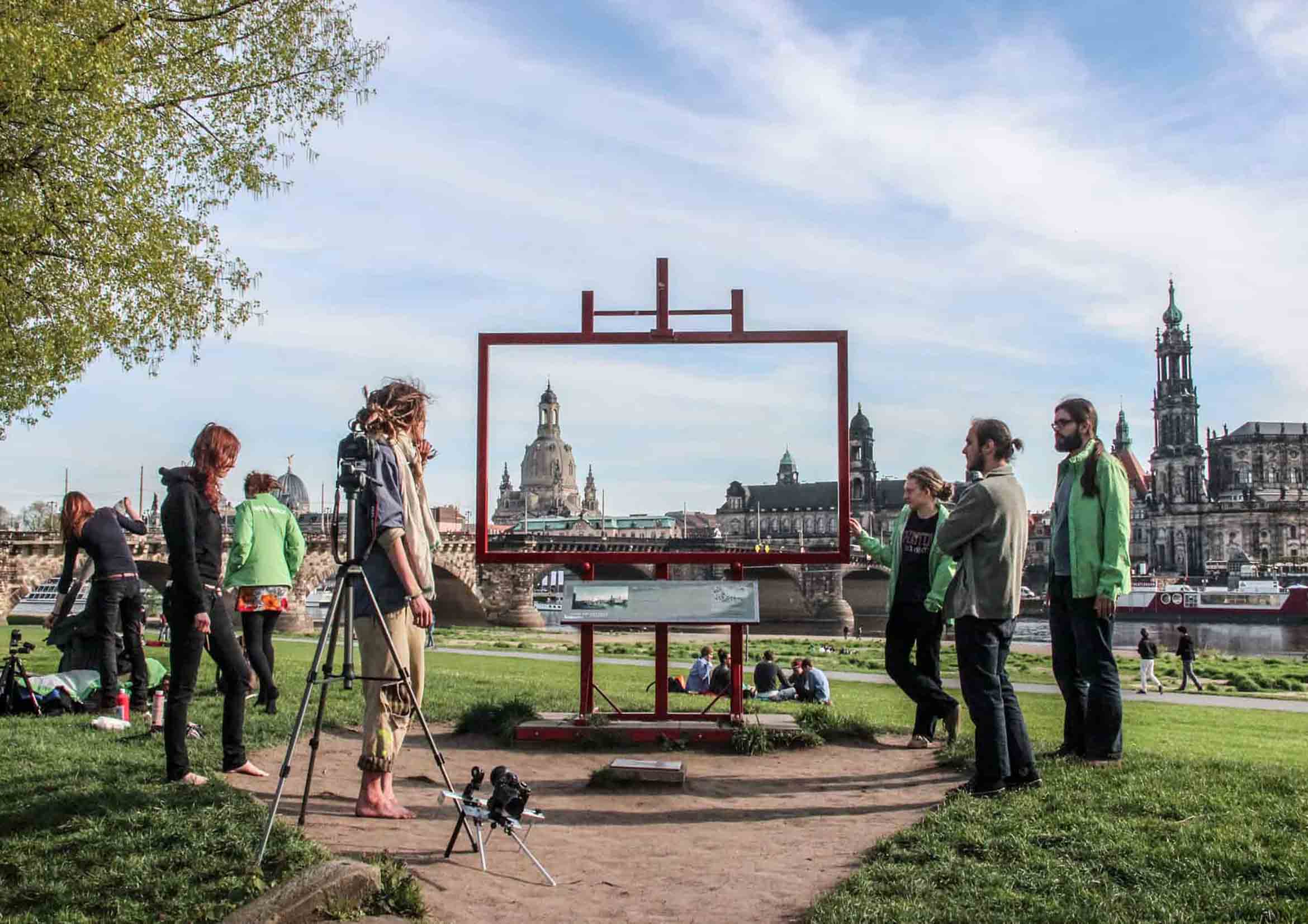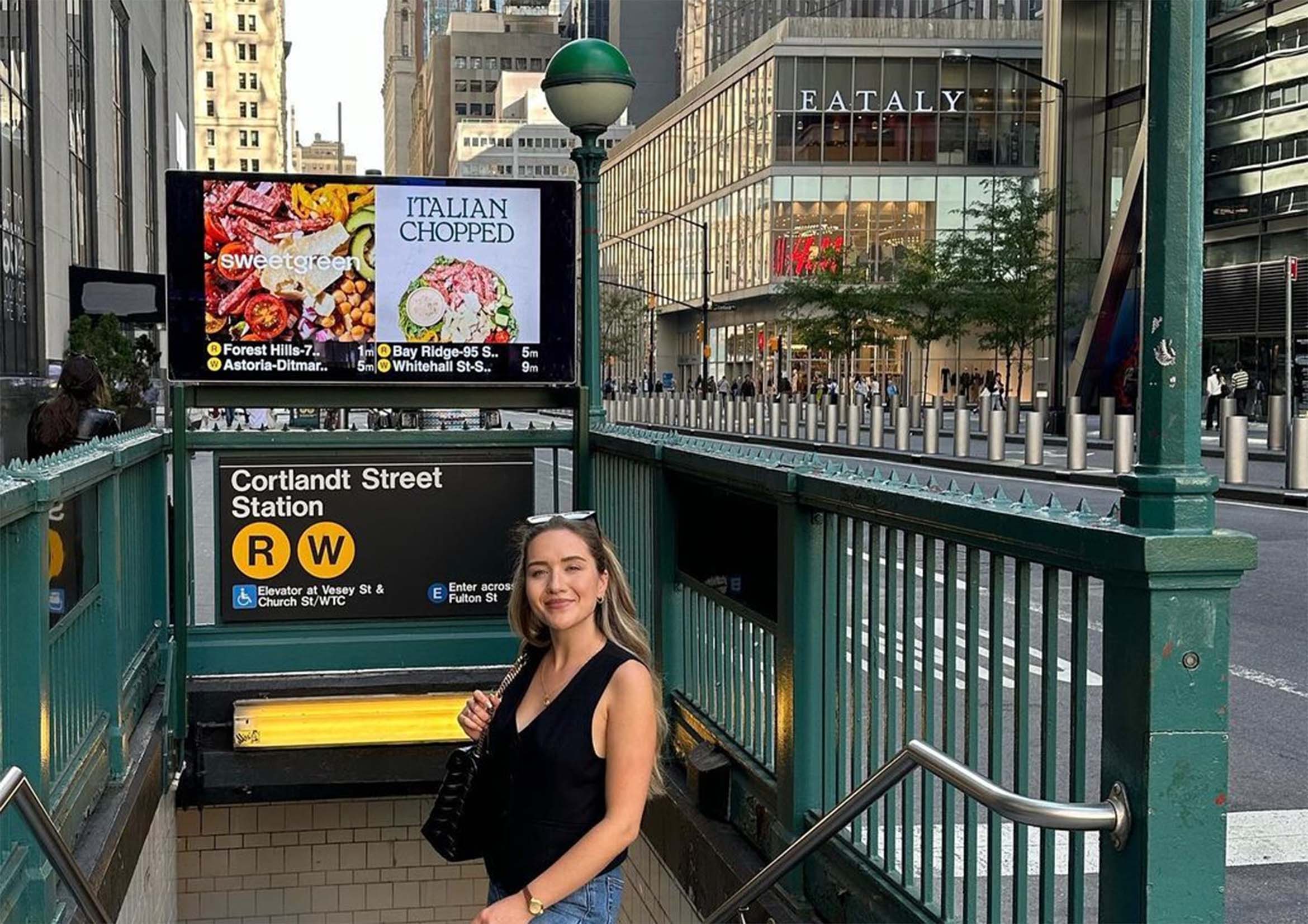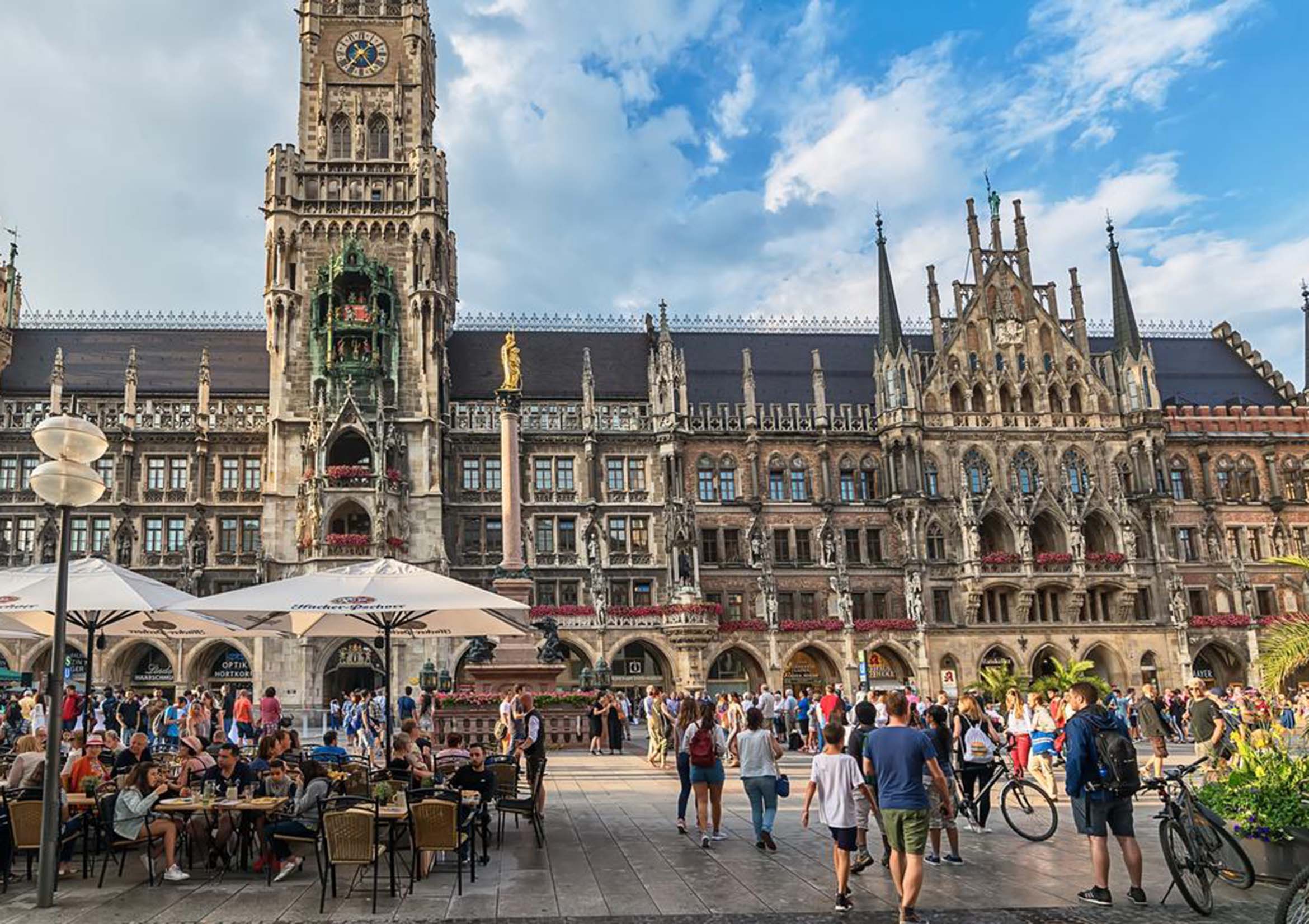Berlin has always been on my radar for its rich history, vibrant culture, and dynamic lifestyle. This trip to Germany’s capital turned out to be an unforgettable adventure, filled with discoveries and experiences that I’m excited to share with you.
From essential travel gear to local etiquette, must-see attractions, and culinary delights, here is a comprehensive guide to help you plan your own Berlin journey.
Preparing for the Journey: Essential Travel Gear and Tips
Travel Gear and Suitable Attire
Packing for Berlin requires some thought, especially considering its climate and diverse activities. Here’s what I found essential:
- Weather-Appropriate Clothing: Berlin experiences four distinct seasons, so packing depends on when you visit. Winters are cold and can be snowy, so a warm coat, thermal layers, gloves, a hat, and a scarf are necessary. Summers are warm and sometimes humid, so light clothing, sunglasses, and sunscreen are essential. Spring and autumn can be unpredictable, so layers are key.
- Comfortable Footwear: Berlin is a city best explored on foot or by bike. Comfortable walking shoes are a must, as you’ll likely be walking a lot to take in all the sights.
- Travel Adapter: Germany uses Type C and F electrical plugs. A universal adapter will ensure you can charge all your devices.
- Reusable Water Bottle: Tap water in Berlin is safe and of high quality. Carrying a reusable water bottle helps stay hydrated and environmentally friendly.
- Camera: With its historic landmarks, modern architecture, and street art, Berlin offers countless photo opportunities. Don’t forget your camera to capture these moments.
Currency Exchange
The official currency in Germany is the Euro (EUR). Credit and debit cards are widely accepted, but it’s wise to carry some cash for small purchases or in places where cards might not be accepted. I exchanged some currency at the airport upon arrival, though local banks and exchange offices often offer better rates.
Getting a Local SIM Card
Staying connected in Berlin is easy with the availability of local SIM cards. Upon arrival at Berlin Tegel Airport, I purchased a prepaid SIM card from a telecom kiosk. Major providers like Telekom, Vodafone, and O2 offer various data packages suitable for tourists. Having a local SIM card made navigating the city and staying in touch with friends and family easy and affordable.

Understanding and Respecting Local Etiquette
Key Etiquette Points
Germans are known for their punctuality, respect for rules, and direct communication. Here are some key etiquette points to keep in mind:
- Punctuality: Being on time is highly valued in Germany. Whether it’s for social gatherings or business meetings, arriving late is considered rude.
- Quiet and Reserved: Public transportation and communal spaces are generally quiet. Keep conversations at a moderate volume and avoid loud or disruptive behavior.
- Recycling: Germany has a strong recycling culture. Be mindful of separating your waste into the appropriate bins for paper, plastics, and organic matter.
- Dining Etiquette: When dining out, it’s polite to say “Guten Appetit” before starting your meal. Also, placing your knife and fork parallel on your plate signals that you have finished eating.
Personal Experiences with Local Etiquette
During my visit, I had several encounters that highlighted the importance of understanding and respecting local customs:
- Public Transport: While using Berlin’s efficient U-Bahn and S-Bahn systems, I noticed the emphasis on quietness and order. Following this unspoken rule made the experience more pleasant for everyone.
- Dining with Locals: I was invited to a traditional German dinner by a local friend. I remembered to say “Guten Appetit” before starting my meal, which was appreciated by my host. The evening was a delightful experience of German hospitality and cuisine.
- Recycling: Staying in an Airbnb, I quickly learned the importance of recycling correctly. My host provided detailed instructions, and following them was essential for being a respectful guest.
Must-See Attractions in Berlin
1. Brandenburg Gate
Project and Highlights: The Brandenburg Gate is one of Berlin’s most iconic landmarks. Built in the late 18th century, this neoclassical monument has witnessed significant historical events, from Napoleon’s invasion to the fall of the Berlin Wall. Today, it stands as a symbol of unity and peace.
How to Get There: The Brandenburg Gate is located at Pariser Platz and is easily accessible by U-Bahn (Brandenburger Tor station on the U5 line) or by bus.
Tips:
- Visit early in the morning or late in the evening to avoid crowds.
- Combine your visit with a walk through the nearby Tiergarten park.
- Be mindful of pickpockets in crowded areas.
2. The Berlin Wall Memorial
Project and Highlights: The Berlin Wall Memorial is a significant site that commemorates the division of Berlin during the Cold War. The memorial includes a preserved section of the wall, a watchtower, and an informative visitor center that provides insights into the history and impact of the wall.

How to Get There: The memorial is located along Bernauer Strasse and is accessible by U-Bahn (Bernauer Strasse station on the U8 line) or tram.
Tips:
- Allocate a few hours to explore the memorial and visitor center fully.
- Respect the solemnity of the site as it’s a place of remembrance.
- Bring a camera to capture the powerful imagery of the wall and its surroundings.
3. Museum Island
Project and Highlights: Museum Island is a UNESCO World Heritage site located in the heart of Berlin. It houses five world-renowned museums: the Pergamon Museum, Bode Museum, Neues Museum, Altes Museum, and Alte Nationalgalerie. Each museum offers a unique glimpse into art, history, and culture.
How to Get There: Museum Island is easily accessible by U-Bahn (Museumsinsel station on the U5 line) or by tram and bus services.
Tips:
- Purchase a Museum Island Pass for access to all five museums at a discounted rate.
- Plan your visit to avoid museum fatigue; perhaps spread it over two days.
- Check for special exhibitions or guided tours to enhance your experience.
4. Checkpoint Charlie
Project and Highlights: Checkpoint Charlie was the most famous crossing point between East and West Berlin during the Cold War. Today, it’s a popular tourist attraction featuring a replica of the guardhouse and informative displays about Berlin’s division and the dramatic escape attempts that took place here.
How to Get There: Checkpoint Charlie is located at the intersection of Friedrichstrasse and Zimmerstrasse and is accessible by U-Bahn (Kochstrasse station on the U6 line) or bus.
Tips:
- Visit the nearby Checkpoint Charlie Museum for a deeper understanding of the site’s history.
- Be prepared for crowds, especially during peak tourist season.
- Respect the site and avoid treating it solely as a photo opportunity.
Exploring Berlin’s Culinary Scene
Popular Street Food
- Currywurst: A quintessential Berlin snack, currywurst is a grilled sausage sliced and topped with curry ketchup and served with fries. You can find it at street stalls throughout the city.
- Döner Kebab: Berlin is famous for its döner kebabs, a delicious legacy of its Turkish immigrant community. These are typically filled with succulent meat, fresh vegetables, and a variety of sauces.
- Berliner Pfannkuchen: Often simply called a Berliner, this is a traditional German pastry similar to a doughnut, usually filled with jam or cream.

Street Food Safety Tips
- Choose Reputable Vendors: Look for busy stalls with high customer turnover, as this often indicates fresh food.
- Check Food Hygiene Ratings: Some stalls display hygiene ratings, which can give you an idea of their cleanliness standards.
- Stay Hydrated: Carry a reusable water bottle and drink plenty of water, especially if you’re indulging in rich or salty foods.
Planning Your Itinerary and Budget
Itinerary Planning
Berlin offers a wealth of attractions and experiences. Here’s a suggested itinerary for a week-long visit:
Day 1: Arrival and Brandenburg Gate
- Explore Brandenburg Gate and Pariser Platz
- Stroll through Tiergarten
- Dinner at a local restaurant
Day 2: Historical and Cultural Tour
- Visit the Berlin Wall Memorial
- Tour the East Side Gallery
- Evening at a local beer garden
Day 3: Museum Island
- Explore the Pergamon Museum and Neues Museum
- Lunch at a café on Museum Island
- Visit the Bode Museum and Altes Museum
Day 4: Modern Berlin
- Explore the Berlin TV Tower for panoramic views
- Stroll through Alexanderplatz
- Dinner in the trendy neighborhood of Kreuzberg
Day 5: Day Trip to Potsdam
- Take a train to Potsdam to visit Sanssouci Palace and its gardens
- Return to Berlin for a relaxed evening
Day 6: Classic Attractions
- Visit Checkpoint Charlie and its museum
- Explore the Topography of Terror
- Lunch at a nearby café
- Visit the Reichstag Building and its dome (pre-book tickets)
Day 7: Leisure and Reflection
- Morning at a local spa or sauna
- Shopping in Kurfürstendamm and surrounding areas
- Farewell dinner at a fine dining restaurant
Budgeting Tips
Berlin can be enjoyed on various budgets with careful planning:
- Accommodation: Consider staying in a centrally located Airbnb or budget-friendly hotel.
- Transport: Use public transportation, which is efficient and cost-effective. Purchase a Berlin WelcomeCard for unlimited travel and discounts on attractions.
- Meals: Mix dining out with self-catering. Local supermarkets offer a wide range of fresh and affordable products.
- Free Attractions: Take advantage of free attractions like the East Side Gallery, Tiergarten, and the changing of the guard at the Reichstag Building.
Recommended Insurance
Travel insurance is essential for any trip to cover unforeseen events such as medical emergencies, trip cancellations, or lost luggage. I recommend a comprehensive travel insurance plan that includes:
- Medical Coverage: Ensure your policy covers medical expenses, including hospitalization and emergency evacuation.
- Trip Cancellation and Interruption: This covers non-refundable expenses if your trip is canceled or interrupted due to unforeseen circumstances.
- Lost or Delayed Luggage: Coverage for personal belongings if your luggage is lost, stolen, or delayed.
Berlin is a city that offers a rich tapestry of history, culture, and modernity. From exploring the poignant remnants of the Berlin Wall to enjoying the vibrant street food scene, every moment in this city is a blend of the past and the present.
By respecting local etiquette, planning wisely, and embracing the diverse experiences Berlin offers, you’re sure to have an unforgettable journey. This trip through Germany’s capital has left me with cherished memories and a deeper appreciation for its unique character.




